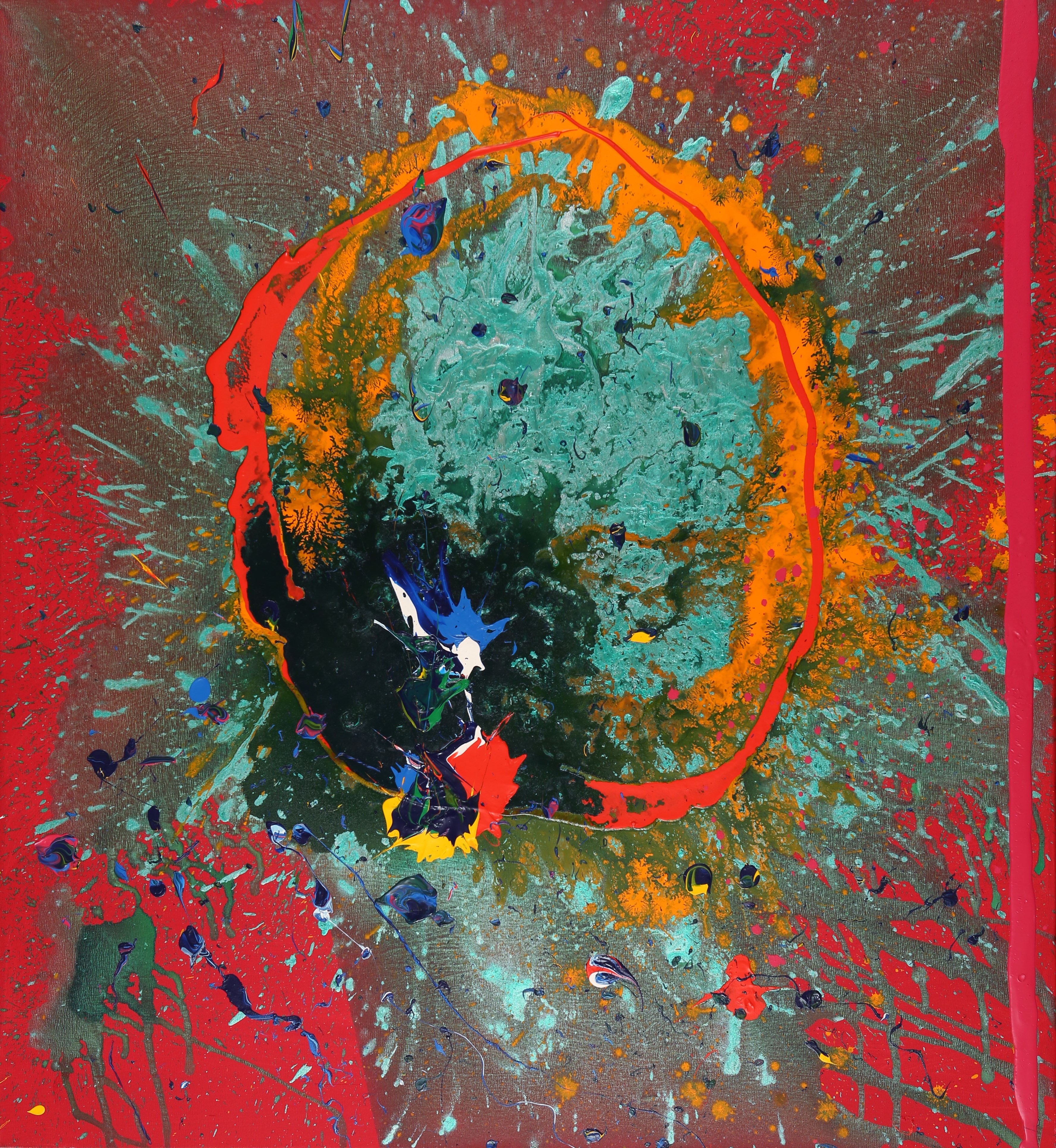Why do we spend time looking at the work of others? I assume you do, but why? As importantly, who?
So, this is the first of an irregular series on artists, in no particular order. If possible I try to see the work in the flesh, but this isn’t always possible, so I tend to buy a lot of artist books – not how to’s, but monographs, exhibition catalogues, catalogue raisonee if I can afford them.
I recognised the name, John Hoyland, when I saw it somewhere but couldn’t picture the work, so I did a bit of online research. My first reaction was Patrick Heron on acid. The paintings boil with energy and colour. I haven’t had the chance to look much at his prints. The book I have is ‘Scatter the Devils‘ by Andrew Lambirth. There are also two books by the late Mel Gooding which I would like to get sometime. My first impression still stands, but not because of any direct link between the two. It is probably more a case of common ancestors in the Abstract Expressionists.
Looking at his work, what I think I got most of all from it was a vastly enlarged sense of what is possible in art. I do wonder if Hoyland would take quite the same view, for example, of the random marks I was talking about in this earlier post. Would he celebrate the accident that created them, or remove them as distractions? I’m not sure myself now…
A footnote: Why is there no wikipedia page on Mel Gooding? Surely he deserves it?




